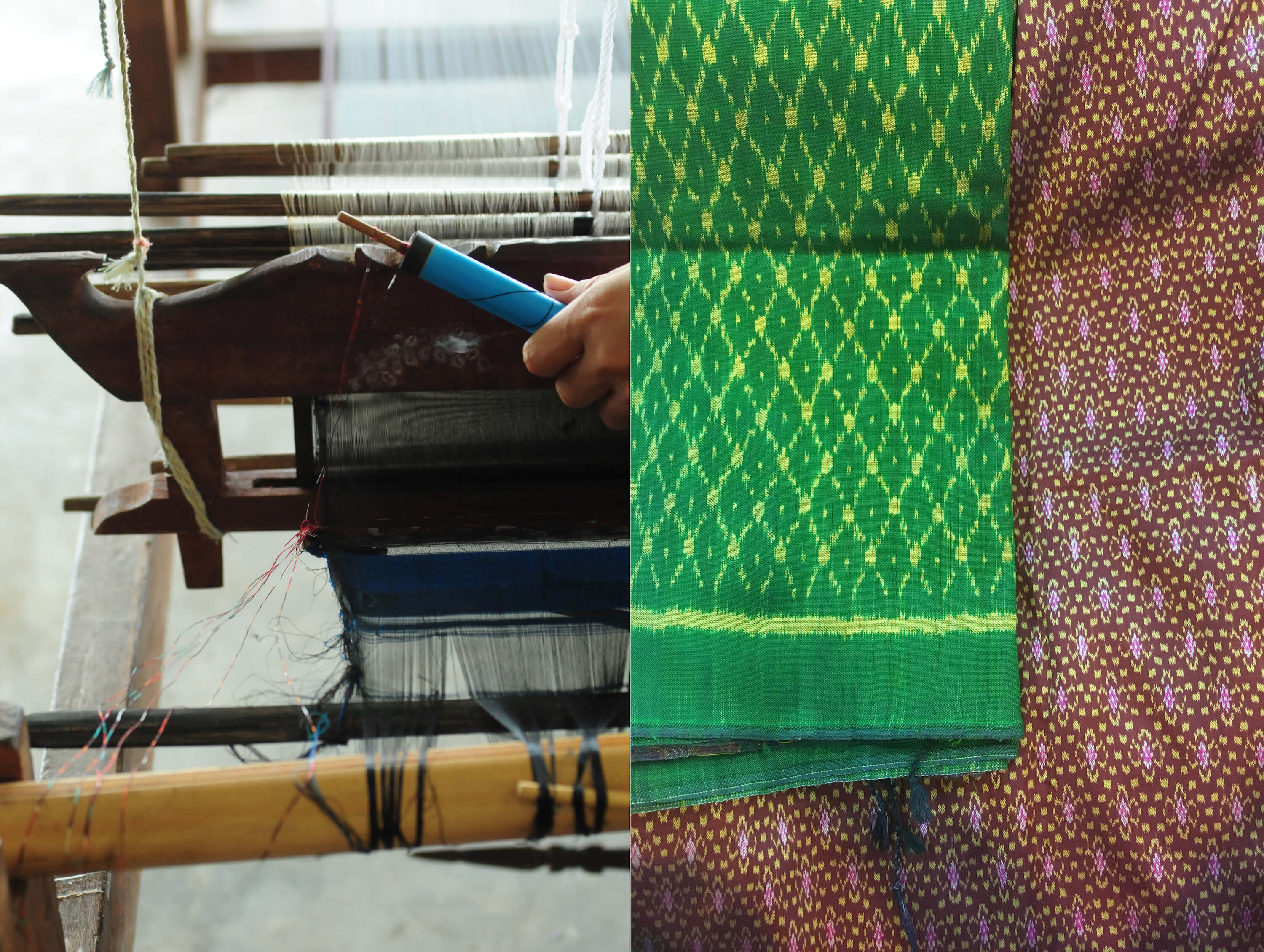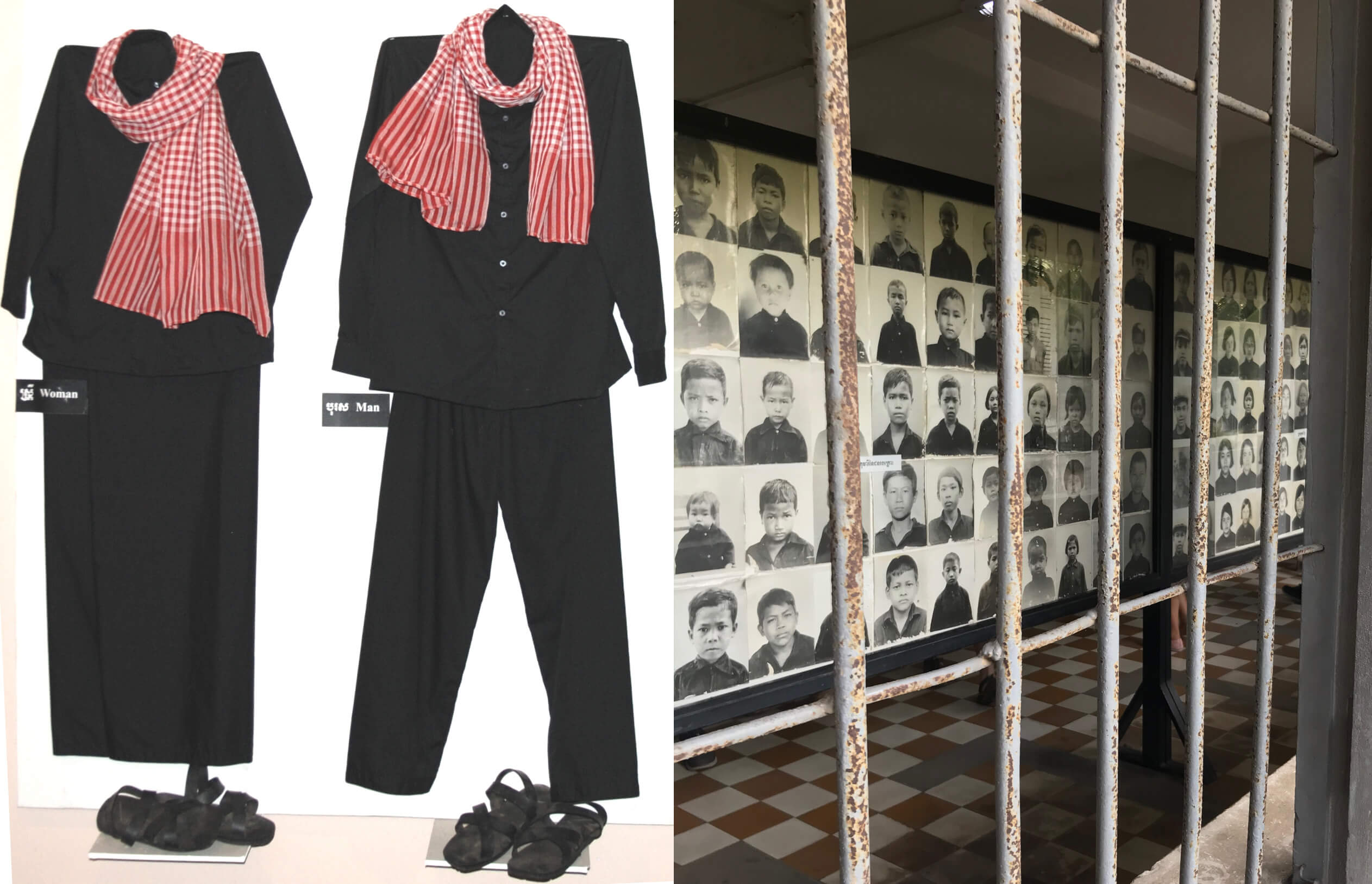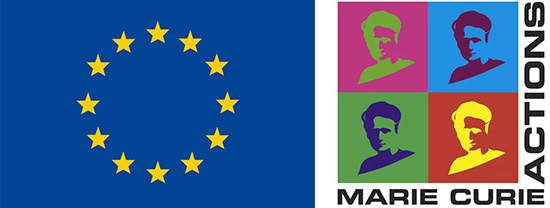Marie Skłodowska-Curie Projects
sds
DocZow: Documentation of intergenerational transmission in Zoroastrian women's silk weaving
New approach to investigate the intergenerational transmission of Zoroastrian silk weaving
The DocZow project is completely original and unparalleled in the field of Iranian studies, as it targets the textiles of both the Zoroastrian women’s community and the intergenerational transmission of skills, techniques and patterns.
The tradition of silk weaving is said to originate from the Sassanid era and is linked to the Chinese silk heritage. The centrality of silk in this project and the importance of the Silk Road in the trade of this expensive commodity to Iran in the Sassanid era will show some of the unknown aspects of Zoroastrian oral culture that traveled with silk fabrics.
Due to the importance of purity in religion, non-native and imported silk and the use of colors were associated with religious violations. In addition, before the arrival of silk, the traditional dress of Zoroastrian women, which was considered a symbol of their cultural identity, was made of cotton or wool as domestic materials. Therefore, the introduction of silk strongly influenced the social, cultural and religious aspects of Zoroastrians.
Silk is considered a single-sex product for Zoroastrians, because only Zoroastrian women weave silk and wear silk clothes. For this reason, Zoroastrian silk weavers have been powerful businesswomen in the field of silk production throughout history and have become Curators, whose houses displayed all kinds of women’s clothing and exquisite silk fabrics.
They taught the secrets of silk weaving and silk-related arts to girls through fairy tales and narrated the stories in the Zoroastrian language to keep silk weaving in the monopoly of their women’s society.
From this point of view, linguistic continuity in general and the development of the specialized terminology of silk weaving was vested in the Zoroastrian female communities.
Moreover, Zoroastrian women found ways to combine silk weaving with other domestic tasks and to carve out space and time for silk production and their own economy of investments and trade. The production took place in dedicated spaces in private homes or communal spaces for women only. Therefore, the connection of silk with Zoroastrian women led to the formation of a special type of oral literature, culture and traditions, which served as a tool for the intergenerational transmission of silk weaving techniques and skills through the Zoroastrian language, Dari Behdini.
The main axes of this research include the following:
- Links and mechanisms between intangible and material culture:
- The role of silk textiles in oral traditions and literature as a symbol of the link between material culture and the intangible heritage of Zoroastrian women.
- Terminology of silk fabric and its effects in intergenerational transmission.
- The role of Zoroastrian religion in relation to women and silk textiles.
- The flexible and adjustable position of Zoroastrian religious rulings about the silk textiles of Zoroastrian women, across centuries.
- The relationship between silk textiles and the cultural identity of Zoroastrian women.
- Dress-codes and cultural identity of silk clothing in Zoroastrian women’s society.
- The evolution of silk textile and its connection with the cultural identity of Zoroastrian women.


Trans-PLANT: Transformational uses of dye plants on Linear B tablets. New approaches to cultural identity and technologies in the Bronze Age Aegean
The Trans-PLANT project aims to demonstrate how the knowledge coming from transformational uses of dyes transcends how the final product is perceived visually to address what is being communicated culturally. The project will explore the inter-relations between linguistics, history of science, and archaeology to analyse dye plants, technologies transforming them, and dyed goods like textiles and perfumed oil. In particular, I focus on:
- Dyes terminology
This analysis aims to examine dye plants in Linear B texts and use this terminology as a model of linguistic interaction to define transculturation by combining Aegean epigraphy with research on ancient technologies, cross-craft, cross-cultural textiles, and archaeology. - Technical knowledge and cultural identities
- The first part of this section aims to investigate cross-craft and cross-cultural interactions by combining the reconstruction of the Mycenaean chaîne opératoire of dying in textiles and perfumed oils with the cultural dimension of these goods in Mycenaean and Minoan society;
- The second part of this section aims to analyse roles and functions of particular colours in dyed goods like textiles and perfumed oils to show the dimension of coloured goods as a cultural media communicating identity, status, power, and gender.
The Trans-PLANT project will gather new information on ancient technologies and identities and will enable new discussion on vegetal dyes and the transfer of knowledge by proving new data on Linguistics, Aegean Epigraphy, History of Science, and Experimental Archaeology.
TEX-KR: Making and Unmaking of Textiles during the Khmer Rouge Regime
TEX-KR explores textile production and dress practices in Cambodia from the early 1960s to the early 1980s, especially examining the years of the Khmer Rouge regime. This dictatorship claimed nearly two million lives between 1975 and 1979. In that period, textile ancestral crafts were heavily impacted by halting sericulture, silk weaving, and skills transmission. Combining object-based study, archival research, and participatory methodologies, this project aims to center textile know-how, artefacts, and clothing practices as crucial material evidence of this dark heritage.
The project is grounded in museum-based research in Cambodia’s leading cultural institutions, namely the National Museum of Cambodia and Tuol Sleng Genocide Museum. The National Museum of Cambodia was closed in the 1970s, and by its reopening in 1979, it had lost three-quarters of its extensive textile collection of precious handcrafted silks. Tuol Sleng Genocide Museum was established on the secret Khmer Rouge prison site S-21, where about 18,000 prisoners were killed, leaving behind thousands of textiles and clothing remains that have been recently reintegrated into the museum’s collection. Historical research will contextualize the loss and reclamation of these collections as by-products of the Khmer Rouge atrocities, embodying two complementary sides of this traumatic period of human, cultural, and artistic destruction. TEX-KR aims to develop an innovative sensory methodology incorporating materiality, emotions and memory to study sensitive textile artefacts in a Cambodian context with the potential to inform other histories of conflict.
The project will involve close collaborations at the University of Copenhagen, especially with CTR co-founder and textile historian Dr Marie Louise Nosch and Dr Thomas Brudholm from the Institute for Intercultural and Regional Studies (ToRS) on the topic of textiles and emotions in the context of mass atrocities.


EU Logo

